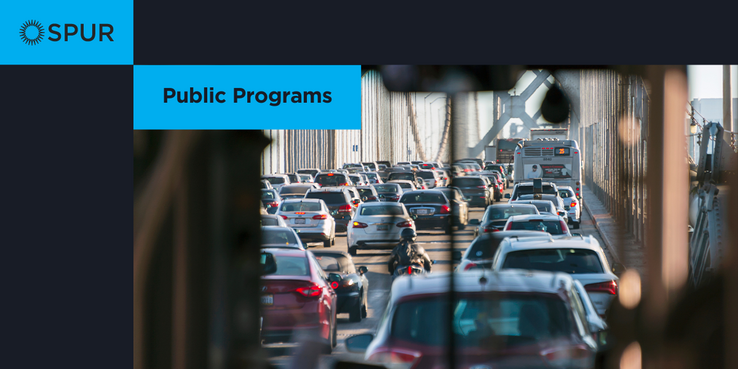Congestion pricing could be a game-changer for transportation planning in San Francisco. By charging drivers a fee for driving on specific roads at peak times, the city can reduce the incentive to drive. Reduced vehicle volumes allow buses to travel faster and more reliably. The revenues from the program can then be used to support transit, bicycle, and pedestrian improvements.
While international cities like London, Stockholm, and Singapore have operated road pricing programs for years, this type of program has faced resistance in the U.S. Congestion pricing has been studied for downtown San Francisco, but never progressed into implementation. But starting later this year, New York City will begin implementing a brand new congestion pricing program that will charge a toll on drivers entering downtown Manhattan.
What can San Francisco learn from these cities? Could congestion pricing be the key to meeting our mobility and sustainability goals? Most importantly, could it help create a more equitable transportation system? Come find out how New York City designed their policy, the process for moving it through approvals, and how it can serve as a model for the Bay Area.
- Sujata Srivastava / Chief Policy Officer, SPUR
- Carl Weisbrod / Chairman, NYC Department of City Planning
- Tilly Chang / Executive Director, San Francisco County Transportation Authority (SFCTA)
To learn more about whether a New York congestion plan could ease traffic here in the Bay, please see this interview with Annie Fryman of SPUR.
Digital Discourse Recording
